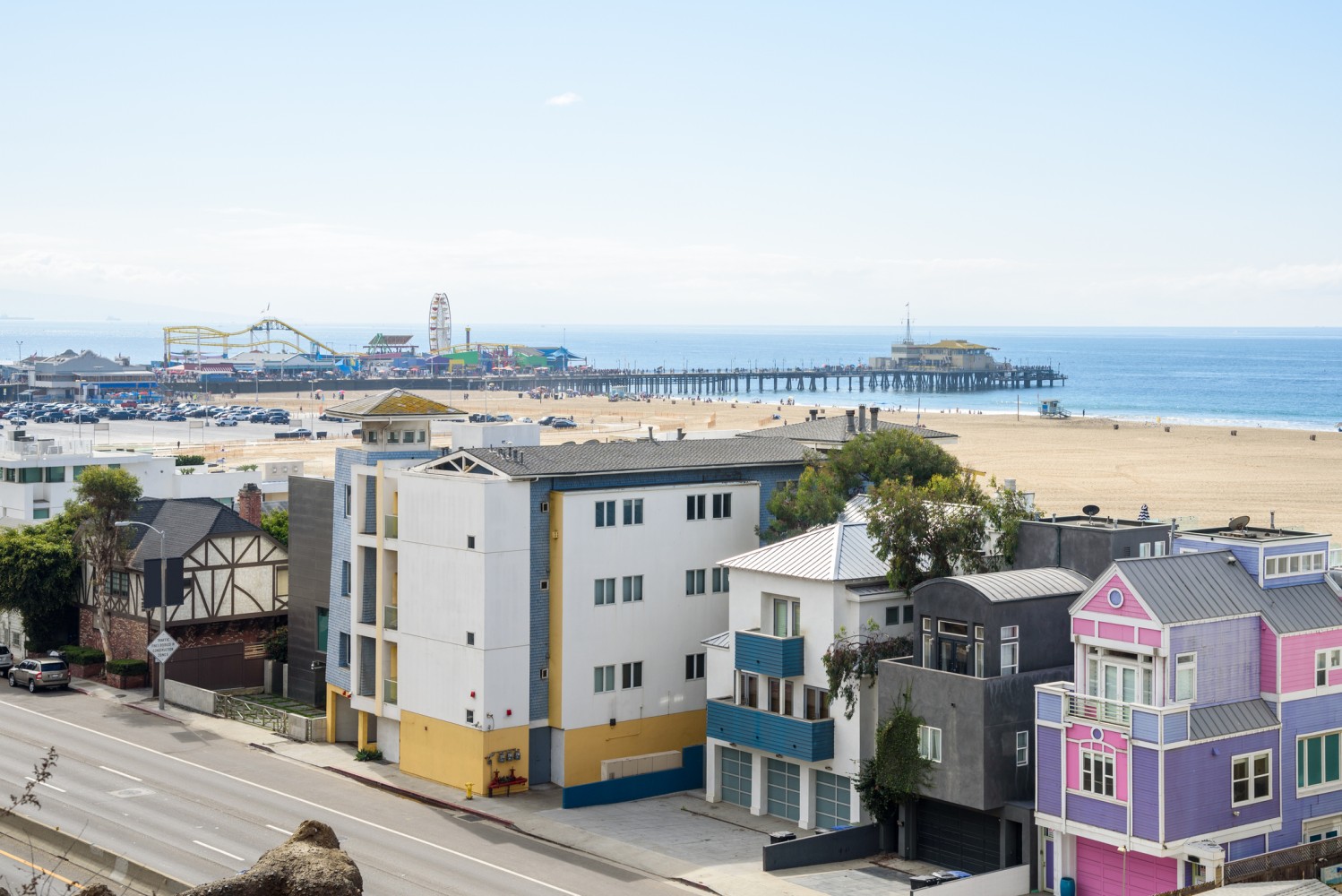
About nine years ago, a fifth-floor balcony in a Berkeley apartment building collapsed, tragically killing several students gathered on it and injuring others. Investigations suggested that poor construction and maintenance, especially problems with waterproofing that led to dry rot, weakened the balcony’s supports.
To prevent similar disasters, California passed new laws requiring regular inspections of balconies in apartment buildings and condominiums. Here’s a rundown of what these laws—SB721 and AB2579 for rental apartments and SB326 for condos—entail.
What Do These Laws Require?
Each jurisdiction has the final authority to establish and enforce its own compliance deadlines, provided they align with state laws. In Santa Monica, for rental buildings with three or more units, owners must inspect all exterior balconies and similar structures by January 1, 2026 (with the new state-mandated extension), with inspections repeated every six years. This rule applies to large apartment buildings, mixed-use buildings, triplexes, and fourplexes. Newly constructed buildings need to complete their first inspection within six years of receiving a Certificate of Occupancy, then every six years.
Condo associations must inspect all balconies by January 1, 2025, but they have a nine-year cycle for follow-up inspections. For new condo buildings, the first inspection should occur within six years of receiving a Certificate of Occupancy, then every nine years.
What Happens If Inspections Aren’t Done?
For rental buildings, there are no automatic state penalties if owners skip inspections. However, local governments can choose to enforce this law and issue penalties if they want. At the moment, Santa Monica doesn’t fine owners who miss the deadlines, but that may change as deadlines approach.
Condo associations also face no state penalties for skipping inspections, but they’re required to include inspection findings in a legally mandated reserve study. The state can fine associations if this reserve study isn’t completed as required.
What About Repairs?
If an inspection finds repairs are needed, building owners have 120 days to obtain a building permit. After that, inspectors must notify the city’s code enforcement agency, which gives owners 120 days to finish the work before imposing daily fines of $100 to $500. For condo associations, there’s no penalty from the state if repairs aren’t done, so condo owners rely on their HOA boards to get things fixed.
Key Deadlines to Know
For older rental buildings the first inspection deadline is January 1, 2026. For condos, the first inspection deadline is January 1, 2025. For new rental buildings, the deadline comes six years after getting a Certificate of Occupancy, which can vary depending on when construction is completed. For many newer buildings, this could be around 2028, due to the typical construction timeline.
Are There Penalties in Santa Monica?
Currently, Santa Monica doesn’t have local penalties for landlords who miss inspection deadlines. But the city should be ready to enforce repair deadlines for buildings that finish inspections early. It’s crucial for code enforcement to step in to make sure repairs are done on time when they’re needed.
Who Can Do These Inspections?
For rental buildings, inspections can be performed by a Certified Building Inspector, a licensed architect, or a licensed structural or civil engineer. The city sets specific requirements for qualifications. For condos, only licensed structural engineers or architects can perform inspections.
After Berkeley’s tragic balcony collapse, these state laws provide a framework to help prevent future tragedies. But it’s ultimately up to city authorities to ensure rental owners follow through on inspections and repairs. Santa Monica may need to put penalties in place for landlords who don’t comply and enforce deadlines. For condo residents, talking with your HOA about inspections and repairs can be a lifesaving step.
Daniel Jansenson, Architect, Building & Fire-Life Safety Commission
Santa Monica Architects for a Responsible Tomorrow
Robert H. Taylor AIA, Architect; Dan Jansenson, Architect & Building and Fire-Life Safety Commission; Thane Roberts, Architect; Mario Fonda-Bonardi AIA, Architect; Samuel Tolkin Architect & Planning Commissioner; Michael Jolly, AIR-CRE; Marie Standing, Jack Hillbrand AIA, Architect & Landmarks Commissioner












